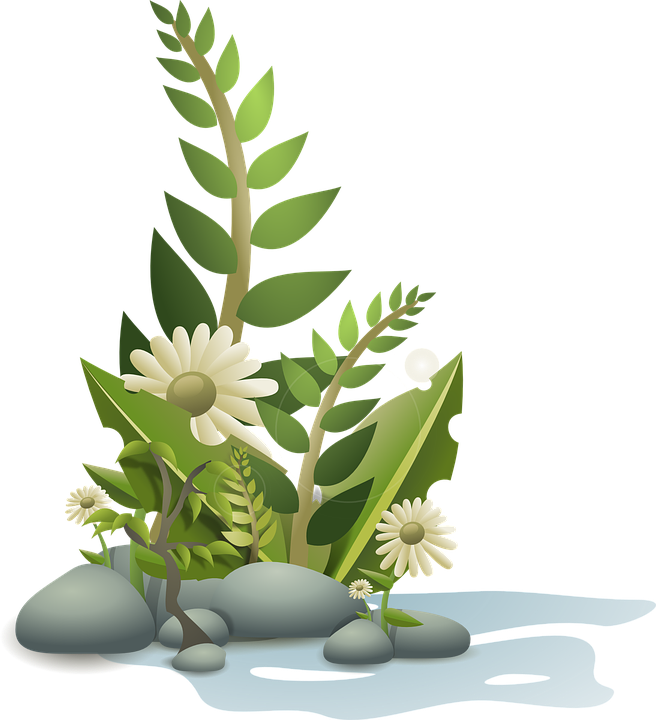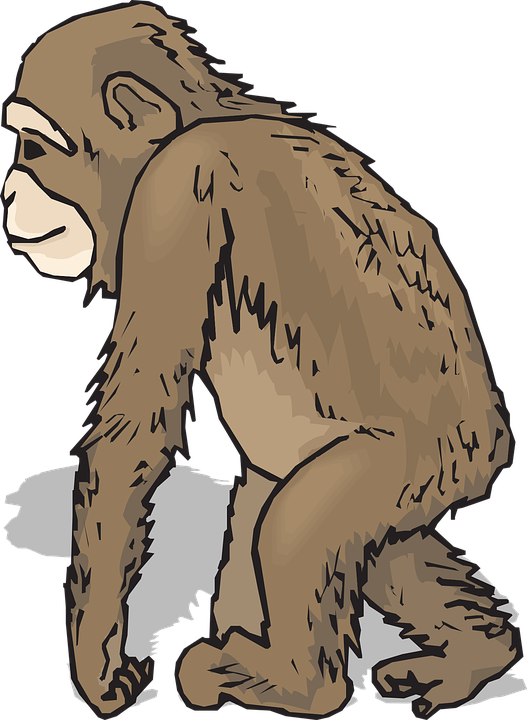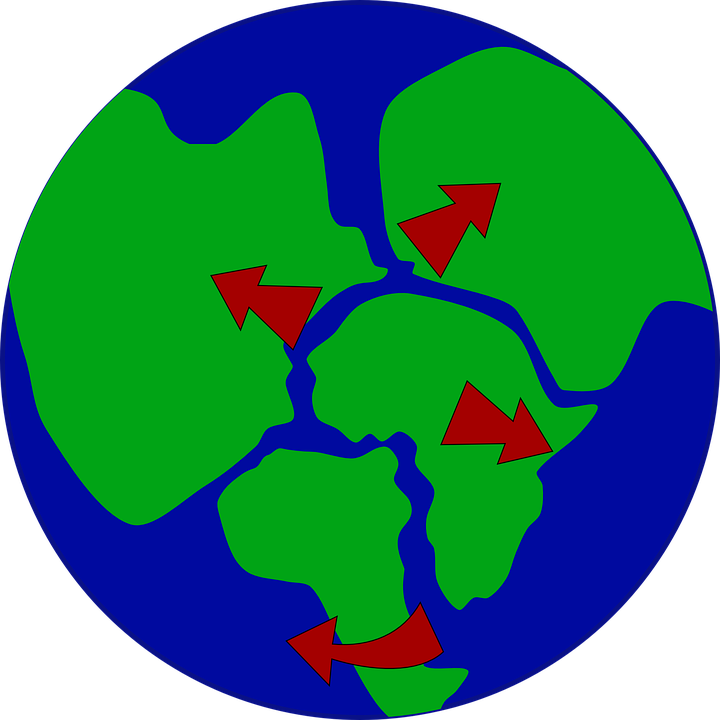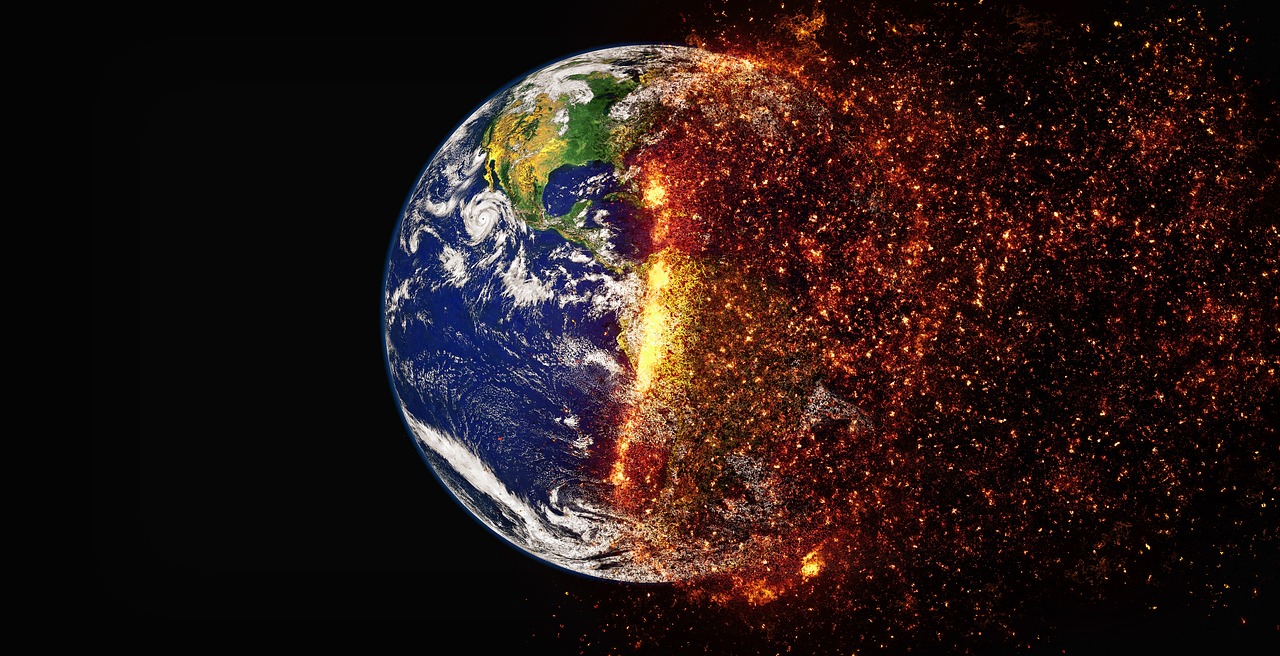How is Earth’s history divided up?
Scientists divide the last 590 million years of Earth’s history into three main eras: the Paleozoic (meaning “old life”) era, the Mesozoic (“middle life”) era, and the Cenozoic (“new life”) era. The eras are subdivided into periods, and some periods are further divided into epochs. The first period in the Paleozoic era is the Cambrian period. All of Earth’s history before the Cambrian period is called the Precambrian. Scientists divide the Precambrian into two eons: the Archean and the Proterozoic. Little is known about this period because fossils from the time are rare.
When did living things first appear on earth?
The oldest known fossils (of microscopic bacteria) are about 3,500 million years old. Primitive life forms may have first appeared on Earth about 3,850 million years ago.
What was the Earth like After it Formed?

The Earth’s surface was probably molten(hot and liquid) for many millions of years after its formation (Read our blog on Beginning of Earth). The oldest known rocks are about 3960 million years old.
Why is the Cambrian period important?
During the Precambrian, most living creatures were soft-bodied and left few fossils. During the Cambrian period, many creatures had hard parts, which were preserved as fossils in layers of rock.

When did plants start to grow on land?
The first land plants appeared in the Silurian period. Plants produced oxygen and provided food for the first land animals – amphibians. Amphibians first appeared in the Devonian period.

When did mammals first appear?
Hominids(ape-like creatures that walked upright) first appeared on earth more than 4 million years ago. But modern humans appeared only about 100,000 years ago.

What were the first animals with backbones?
Jawless fish were the first animals with backbones. They appeared during the Ordovician period. Fishes with skeletons of cartilage, such as sharks, first appeared in the Devonian period.
Why did dinosaurs become extinct?

Brontosaurus
The Dinosaurs first appeared on earth during the Triassic period. They become the dominant animals during the Jurassic period, but at the end of the Cretaceous period, 656 million years ago, they become extinct. Scientists still argue about why they disappeared. Many experts believe that about 65 million years ago an enormous asteroid struck the earth. The impact threw up a huge cloud of dust, which blocked out the sunlight for a long time. Land plants died so the Dinosaurs starved to death.
How do Earth’s plates move apart?
Earth’s plates float on a partially molten layer within the mantle. Currents in the partly molten rocks slowly move the plates around. Where the plates are moved apart, liquid rock, called magma, rises and plugs the gaps. When the magma hardens, it forms new crustal rock.
How fast do plates move?
Plates move on average between 4 to 7 cm a year. This may sound slow. But over millions of years, these small plate movements dramatically change the face of the earth.
Has the earth always looked the same?

If aliens had visited Earth 200 million years ago, they would have seen only one huge continent, called Pangaea, surrounded by one ocean. Around 180 million years ago, Pangaea began to break up.
By 135 million years ago, a plate bearing South America was drifting away from Africa, creating the South Atlantic Ocean. By 100 million years ago, plates supporting India, Australia and Antarctica were also drifting away from Africa, and North America was moving away from Europe.
Can deserts be farmed?
In Israel and other countries, barren deserts have been turned into farmland by irrigation. The land is watered from wells that tap groundwater, or the water is piped from far-away areas.
What happens when people exploit the Earth?

In many areas, people are changing the Earth and causing great harm through pollution. They are cutting down forests to produce farmland. But in some places, rain and winds wear away newly exposed soil, causing soil erosion and making the land infertile. Factories, vehicles, and homes burn fuels that release gases trap heat. They cause global warming and change world climates. Other kinds of pollution include the poisoning of rivers and seats by the factory and household wastes.



